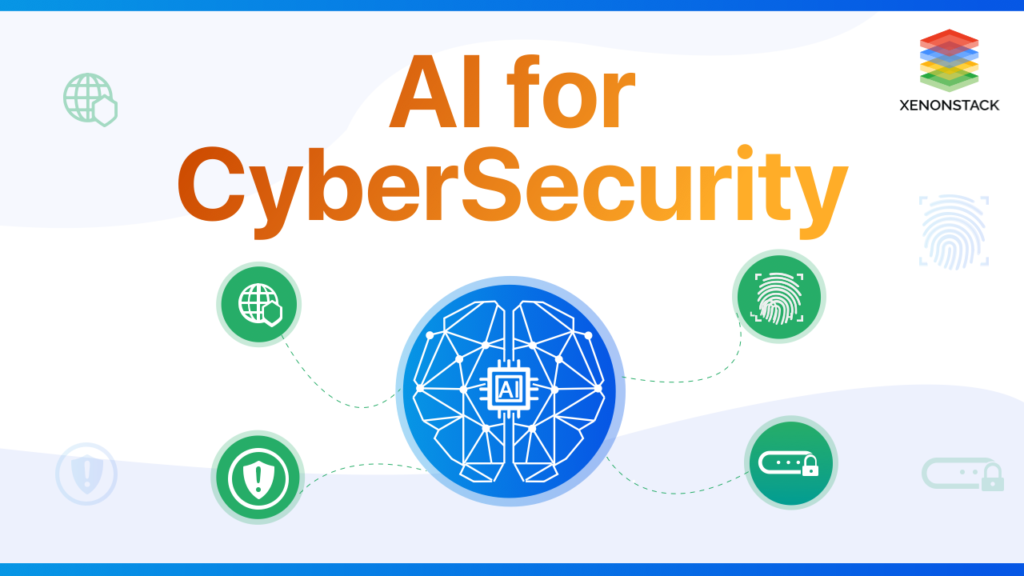
AI-Powered Cybersecurity: The Future of Digital Defense Against Evolving Threats
The Tale of Dave, the Cybersecurity Rookie
Meet Dave. Dave is the IT guy at a mid-sized company. His job? Keeping hackers at bay, updating software, and ensuring Karen from accounting doesn’t click on another “You’ve won a million dollars!” email.
One day, Dave’s phone buzzes. The CEO’s email just sent out 200 invoices to random addresses. Except—the CEO didn’t send them. It’s a cyberattack.
Panic mode: activated.
Dave scrambles, sweating bullets. But then, something amazing happens. An AI-powered cybersecurity system detects the suspicious behavior, locks the compromised email account, and neutralizes the attack in real-time.
Crisis averted.
Dave slumps back in his chair, wiping his forehead. “Maybe I should send the AI a thank-you email.”
Little does Dave know, this AI just saved the company millions.
Welcome to the future of cybersecurity, where artificial intelligence is the ultimate digital bodyguard.
The Rise of AI in Cybersecurity
Cybercriminals are no longer basement-dwelling teenagers with hoodies and energy drinks (well, some still are). Today, hackers use AI, automation, and sophisticated social engineering techniques to breach security.
Traditional cybersecurity measures—like firewalls and antivirus software—are struggling to keep up. That’s where AI-driven cybersecurity steps in, acting as a proactive, intelligent defense system.
Why AI is a Game-Changer in Cybersecurity
✔️ Real-Time Threat Detection – AI doesn’t wait for a breach to happen; it predicts and prevents it.
✔️ Automated Incident Response – No more late-night calls to Dave—AI responds instantly.
✔️ Behavioral Analysis – AI learns what’s “normal” and flags anything that isn’t (like Bob suddenly logging in from Russia at 3 AM).
✔️ Adaptive Learning – AI evolves with new cyber threats, unlike traditional static security systems.
Latest Advancements in AI-Powered Cybersecurity
Cybersecurity is no longer just about passwords and firewalls. Here’s what’s shaking up the industry:
1. AI-Powered Threat Intelligence
Imagine having Sherlock Holmes as your cybersecurity analyst—except faster and less British. AI scans billions of data points in real-time to detect zero-day threats, malware, and phishing attempts.
Top AI-driven threat detection tools:
- Darktrace – Uses self-learning AI to identify anomalies in network behavior.
- IBM Watson for Cybersecurity – Analyzes security incidents using natural language processing.
- Google Chronicle – Processes and correlates security logs instantly.
2. Deep Learning for Fraud Detection
Banks and financial institutions are under siege by cybercriminals. AI-powered systems analyze spending patterns and flag unusual transactions faster than a human ever could.
Fun fact: AI fraud detection prevented over $100 billion in cyber losses last year.
Best AI fraud detection tools:
- Feedzai – Monitors financial transactions for fraudulent activity.
- DataVisor – Uses unsupervised AI to detect new fraud patterns.
- Forter – Specializes in e-commerce fraud prevention.
3. AI-Based Phishing Protection
Phishing emails are getting ridiculously convincing. AI now scans email patterns, URLs, and even writing styles to detect fraud.
Example:
- Microsoft Defender for Office 365 – Uses AI to detect and quarantine phishing emails before they reach your inbox.
Translation: No more “Nigerian Prince” emails for Karen.
4. AI in Endpoint Security
Hackers love targeting employee laptops, phones, and even IoT devices. AI-driven endpoint security tools analyze device behavior and stop attacks before they spread.
Best AI-driven endpoint security tools:
- CrowdStrike Falcon – Uses AI to detect malware before it executes.
- Cylance Smart Antivirus – AI-powered real-time virus scanning.
- SentinelOne – Automated threat detection and remediation without human intervention.
5. Autonomous Security Operations Centers (SOCs)
Traditionally, security teams spend hours manually analyzing alerts (and drinking gallons of coffee). AI-powered SOCs automate this process, filtering real threats from false alarms.
AI in SOCs includes:
- Automated incident response – AI neutralizes threats before they escalate.
- Attack prediction – AI learns from past breaches to prevent future ones.
Best AI-powered SOC solutions:
- Palo Alto Networks Cortex XSOAR – Automates threat hunting.
- Splunk AI Security – AI-powered security analytics.
The Future of AI in Cybersecurity
What’s next?
🔮 AI-Powered Digital Twins – Virtual replicas of networks to simulate cyberattacks before they happen.
🔮 Self-Healing Systems – AI will not only detect threats but also repair vulnerabilities automatically.
🔮 Quantum AI Security – AI and quantum computing will team up for unbreakable encryption.
Translation: Hackers will have an even harder time messing with Dave.
The Ethical Dilemma: Can AI Be Hacked?
Of course, no system is foolproof. Hackers are already using AI to bypass AI defenses. This has led to an ongoing battle of:
🤖 AI vs. AI
Cybercriminals are now deploying deepfake phishing attacks, AI-driven brute force attacks, and even adversarial AI to confuse security algorithms.
Solutions?
✔️ Human-AI Collaboration – AI helps, but human cybersecurity experts still play a crucial role.
✔️ Stronger AI Regulations – Governments are working on AI-driven cybersecurity policies.
Final Thoughts: Is AI the Future of Cybersecurity?
Short answer? Yes.
Long answer? AI is already transforming cybersecurity, but human oversight remains crucial. While AI can detect, prevent, and neutralize cyber threats, companies still need cybersecurity experts (sorry, Dave, you still have a job).
The real question isn’t “Will AI replace cybersecurity?” but rather “How can we make AI and humans work together for better security?”
So, next time you get a suspicious email saying “Click here to claim your prize!”, just remember:
If you’re smart, you’ll delete it.
If your AI is smart, it’ll delete it for you.
Welcome to the future of cybersecurity.
4o



Leave a Reply